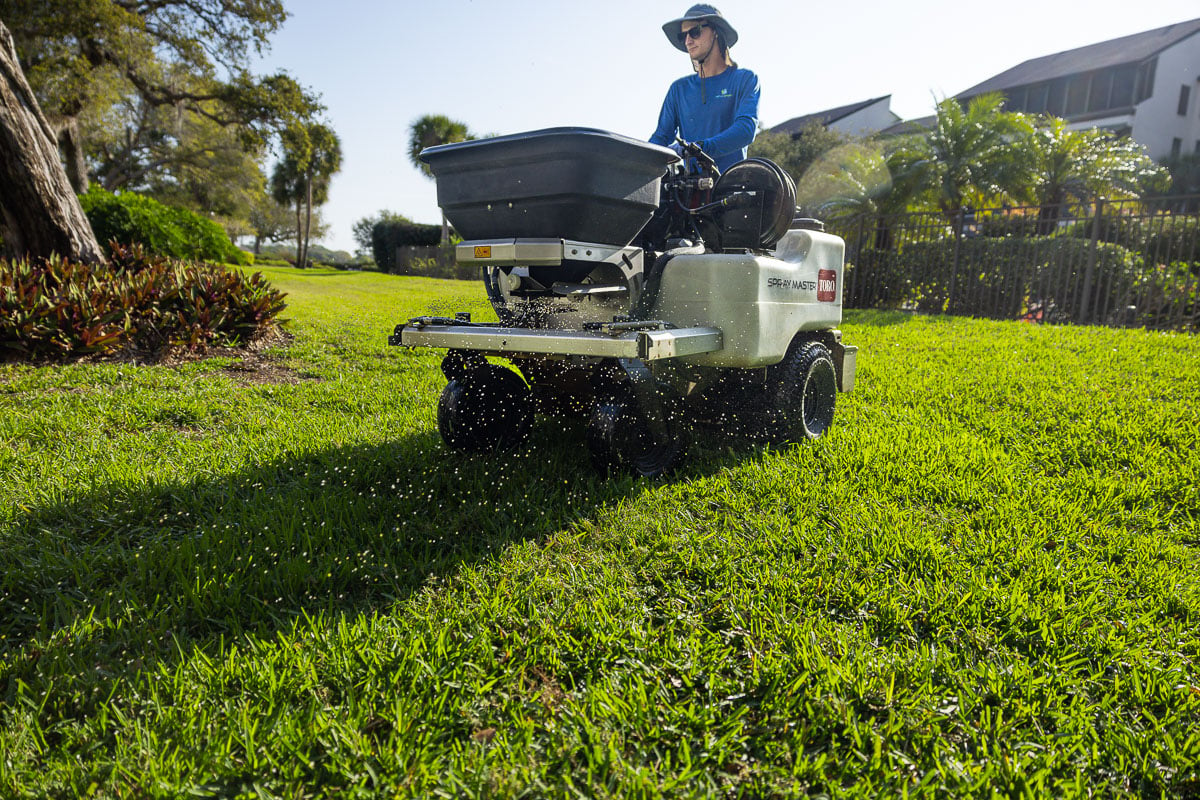
Lawn Care Programs & Pricing
Enhance Your Tropical Paradise with an Amazing Lawn
Get a Worry-Free Lawn
Are you struggling with weeds, pests, or thin areas in your lawn? Our lawn care programs provide regular nutrition and proactive treatments for common challenges. To learn more, watch the video and choose from the 3 options below.

22
Weed Species

12
Lawn Pests

6
Lawn Diseases
Silver Lawn Care
Starting At
$52
Per Month
Basic approach to minimize weeds and pests plus fertilizers
Gold Lawn Care
Starting At
$62
Per Month
Our most popular program, includes everything in Silver plus disease protection, aeration, and nutrients
Platinum Lawn Care
Starting At
$82
Per Month
Everything in Silver & Gold plus more control over weeds and insects + added lawn nutrients
All packages are based on a 5,000 sqft lawn
| Features | Silver Lawn Care | Gold Lawn Care | Platinum Lawn Care |
|---|---|---|---|
| Feature | |||
| Visits | 8 | 8 | 12 |
| Free Service Calls | Included | Included | |
| Fertilizer Treatments | Included | Included | Included |
| Crabgrass Pre-Emergent | Included | Included | Included |
| Broadleaf Weed Control | Included | Included | Included |
| Surface-Feeding Insect Control | Included | Included | Included |
| Lawn Fungus Control | Included | Included | Included |
| Liquid Aeration | Included | Included | |
| Micro-Nutrient Treatment | Included | Included | |
| Sedge Control | Included | ||
| Preventative Grub Control | Included | ||
| Fire Ant Control | Included | ||
| Added Organic Micronutrients | Included |
Your Beautiful, Worry-Free Lawn Starts Here
Searching for a lawn care company? Since 2007 Tropical Gardens Landscape has been the leading lawn care and landscape design and maintenance company in Sarasota. So stop worrying and start living. Let us take care of your property so you don't have to.
Fill out the form and request a quote today!

